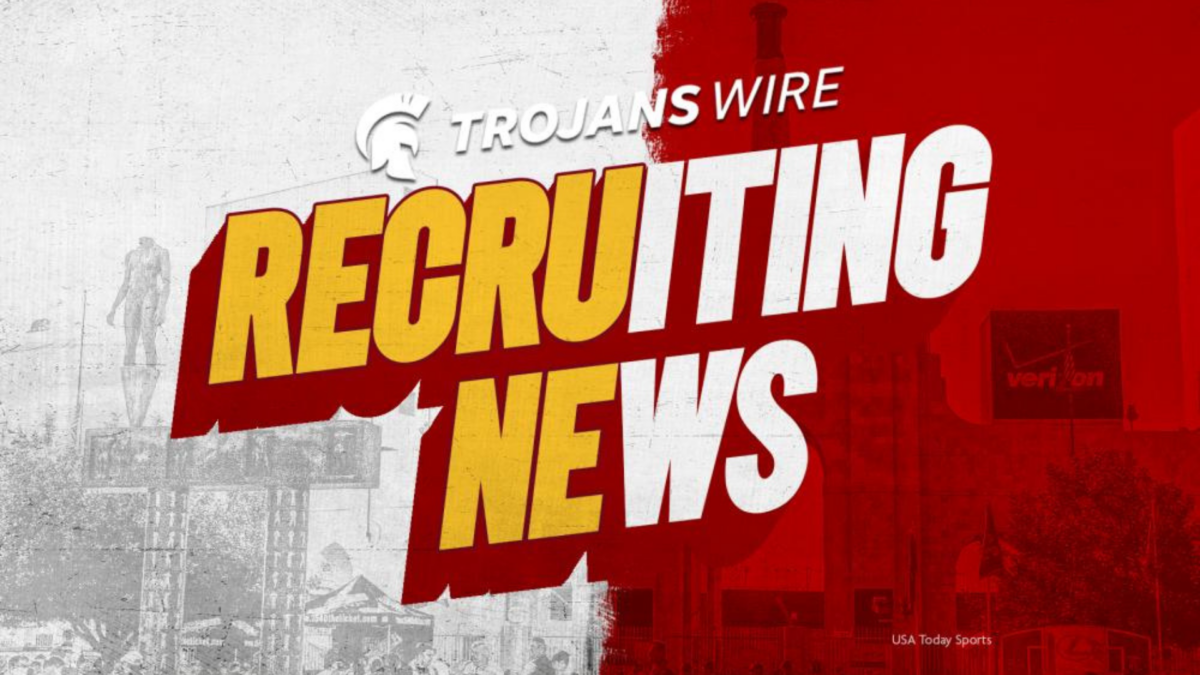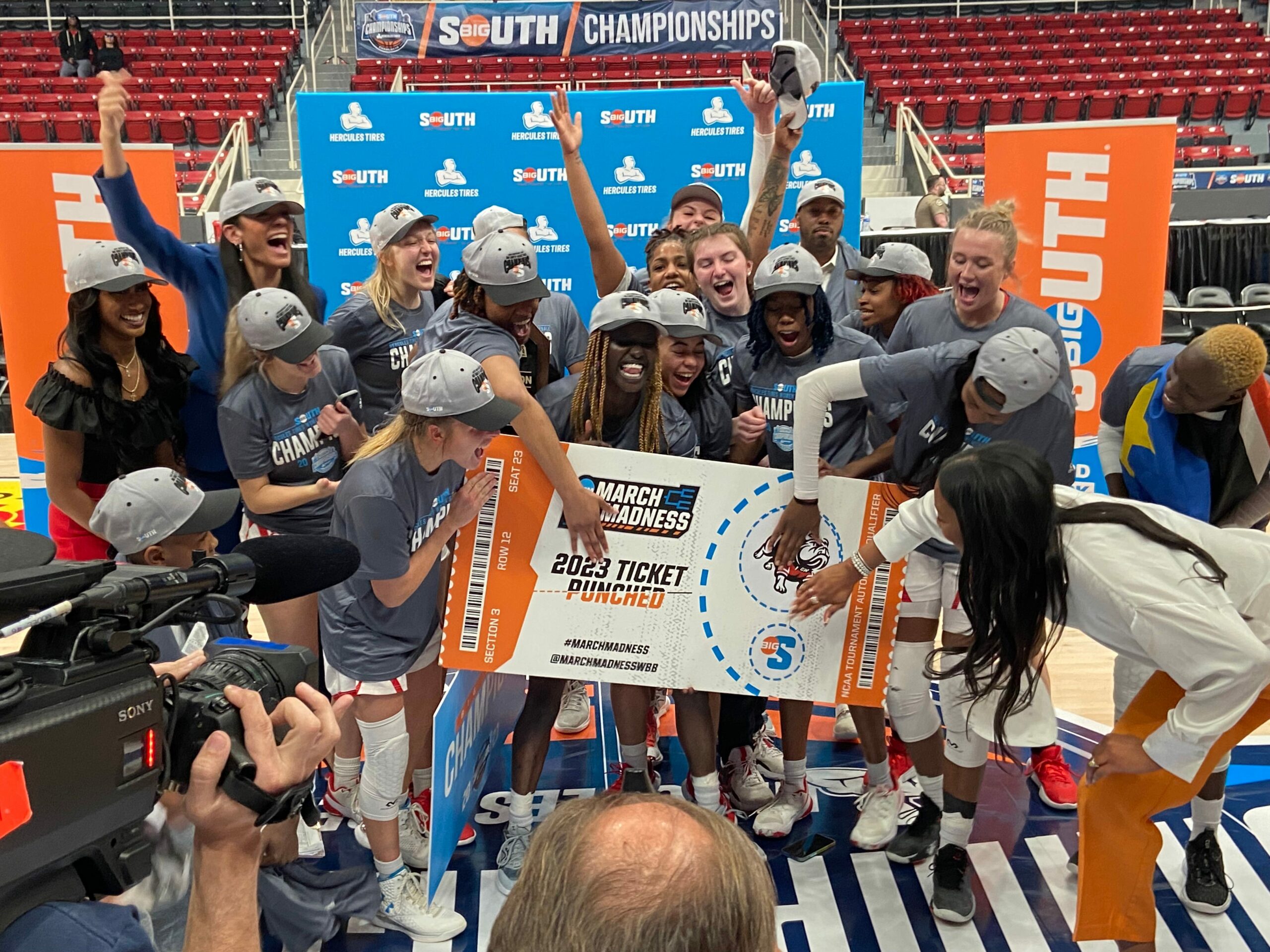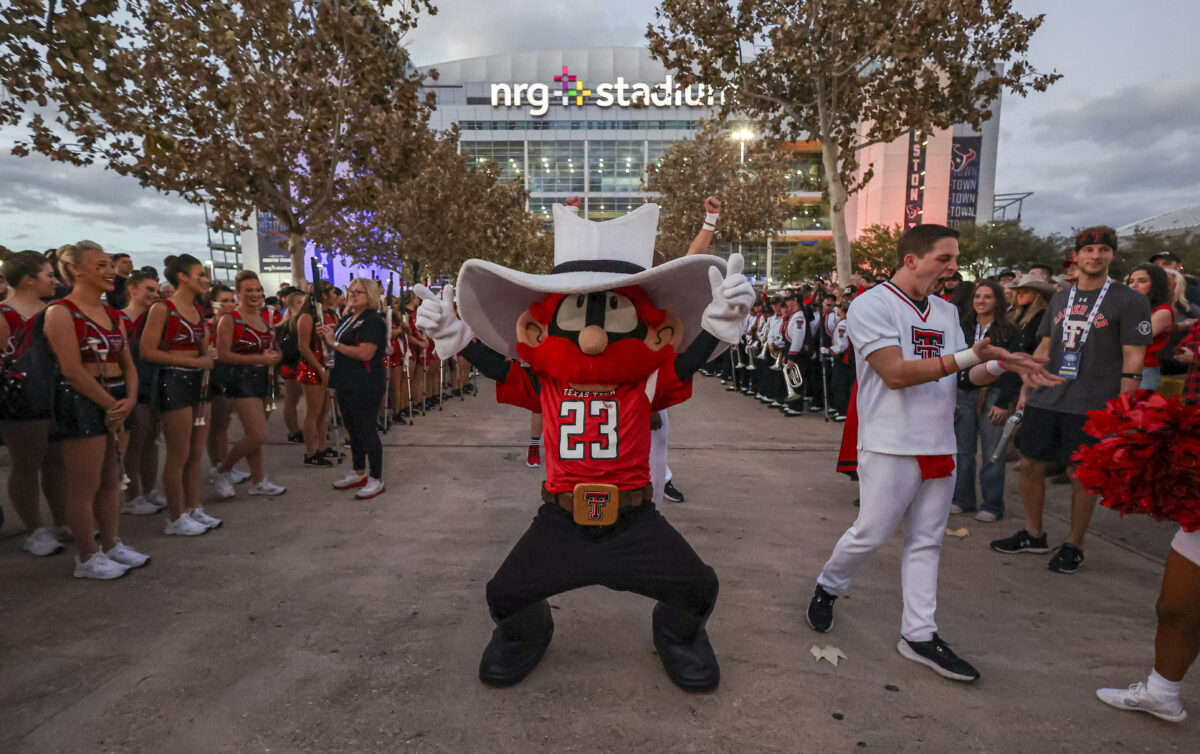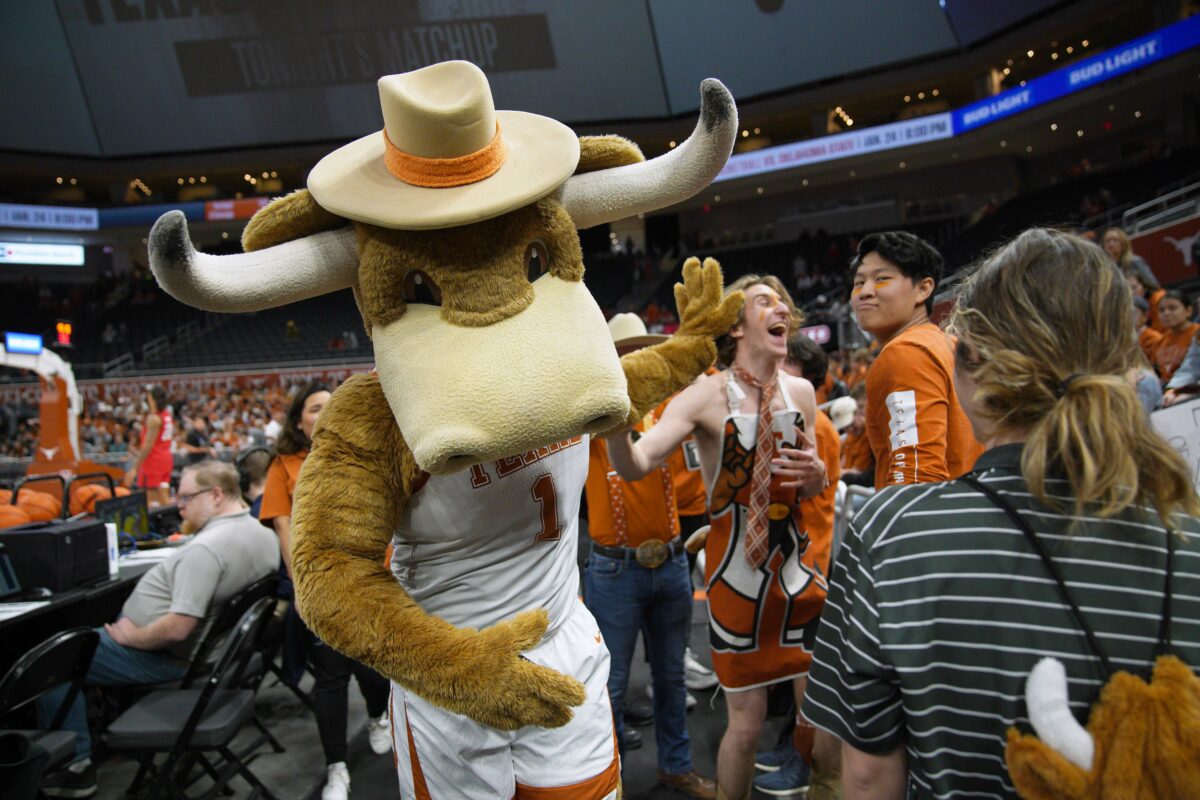USC recruiting has not been what one would call “bad,” but it’s hasn’t been at the level of Ohio State or Oregon or other programs which have assembled better rosters for 2024. USC’s conservative approach to NCAA compliance with NIL has put it at a major disadvantage to programs that have pushed the interpretation of recruiting rules and regulations in regards to high school prospects when compared to Oregon, Ohio State — or extreme cases like Tennessee.
Riley recently discussed USC’s new tack in recruiting high school prospects.
“Our NIL and how it’s evolved, certainly we’re able to be more aggressive with high school guys than we’ve ever been with it. A lot of that’s because our NIL has gotten a whole lot better and House of Victory and all those have done a phenomenal job.”
Recently J.K. McKay and Jeff McKay, formerly of another USC collective (The Conquest Collective), joined forces with House of Victory to work on consolidating the NIL strategy. A new vison and direction within the USC collective space, along with changes to the conservative Trojan interpretation and adherence to NCAA guidelines will open things up to make recruiting against Ohio State and Oregon.
“You know you don’t want to be going to a gunfight with a knife,” Riley said. “In the beginning we were going to a gunfight with a toy sword, so definitely we’ve made a lot of progress. Those folks have done a great job. I think our strategy — I know I’ve talked about this — on how many high school guys we’re targeting has changed drastically. We have really shifted as I’ve told you — not completely away from the portal. I don’t think we’ll ever be completely away from it, but you can just look at the numbers, right? We’re headed to becoming the developmental program that we want to be long-term for the next 10 or 15 years.”
“There’s been more high school recruiting. There’s going to continue to be more; the high school recruiting takes longer. It’s not as fast and furious as portal recruiting, and so a lot of times you’ve got to have relationships that are developed for multiple years. Having some of the consistency we’ve had on on certain parts of our staff for a long time now makes a difference on that as well. It’s become a bigger part of what we’re doing each and every year here. That’s going to continue to happen, and obviously as long as our NIL continues to climb, then you know we’ll continue to be as aggressive there as we need to be.”
USC is currently climbing up the team recruiting rankings. The hope is that with the progress expected on the defensive side of the ball, the impressive list of blue chip players, especially on defense, will continue to grow. USC is currently No. 5 in the 247Sports 2026 recruiting rankings.
Visit our friends at Fighting Irish Wire, Buffaloes Wire, and Ducks Wire. Follow our newest sites, UW Huskies Wire and UCLA Wire.







